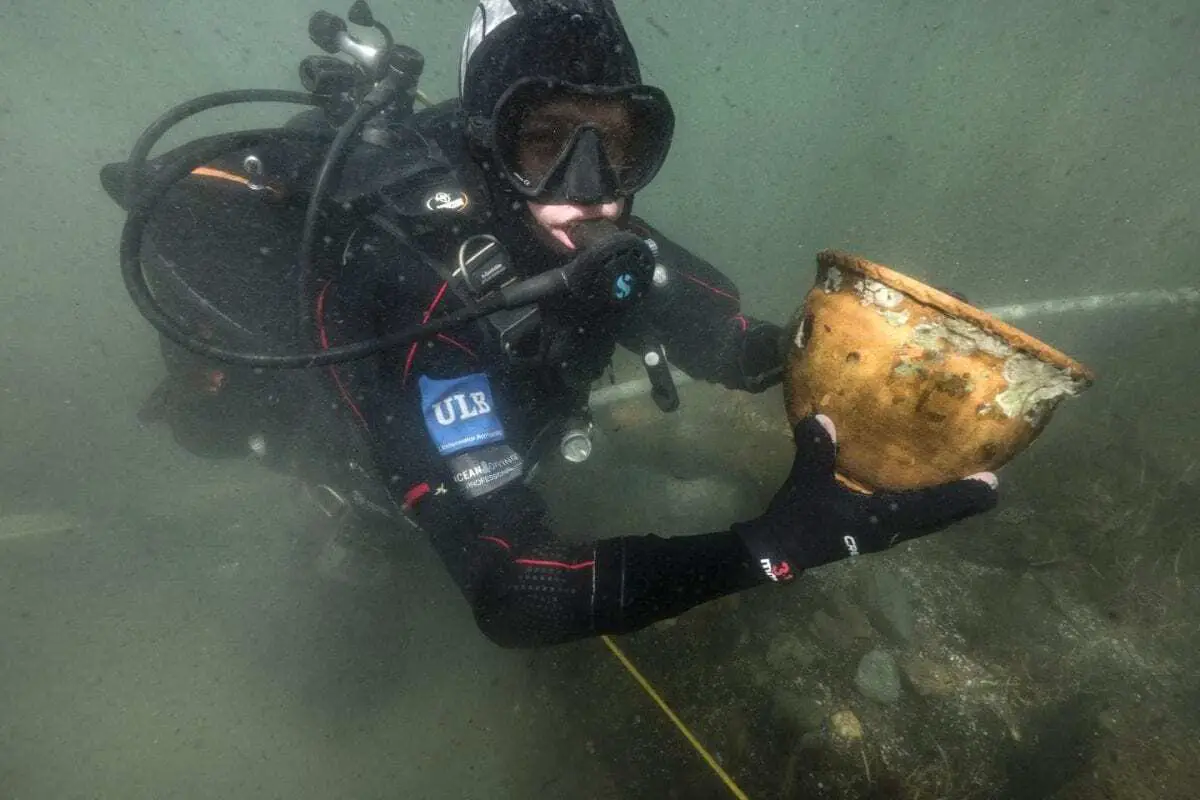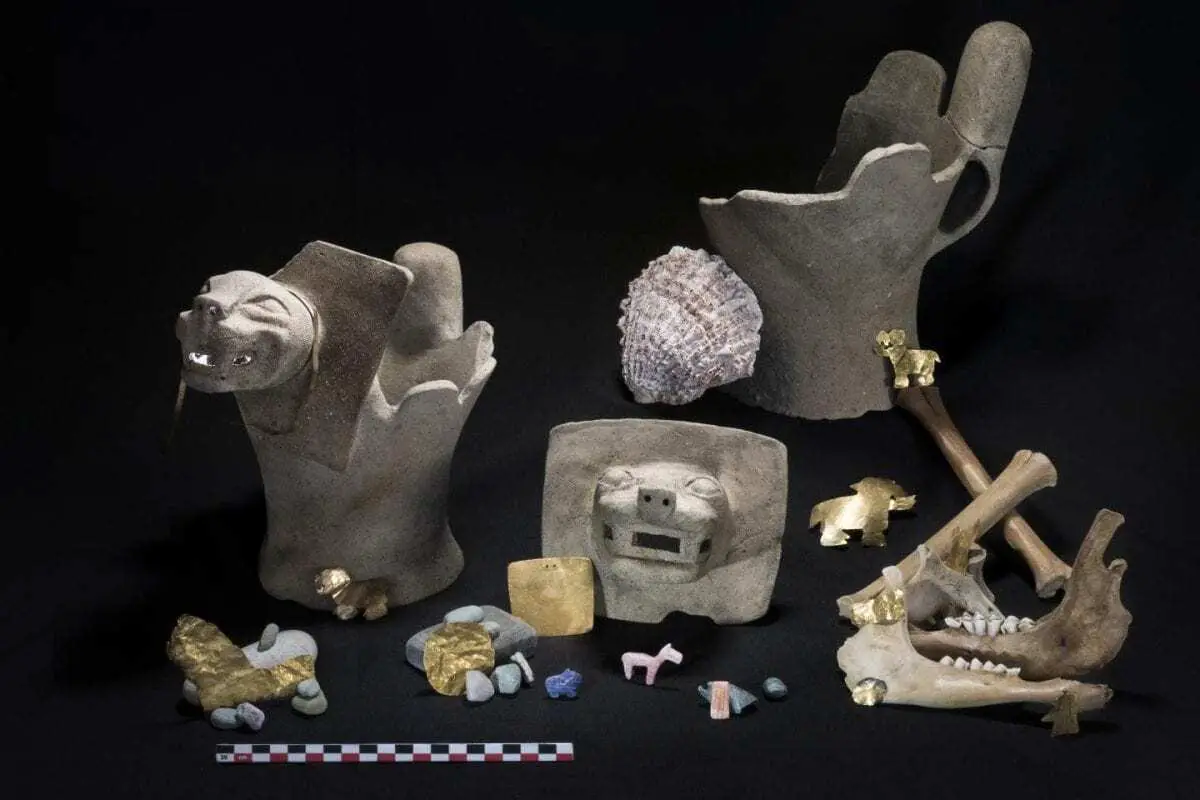An ancient group of people made ritual offerings to supernatural deities near the Island of the Sun in Lake Titicaca, Bolivia, about 500 years earlier than the Incas, according to an international team of researchers.
The team’s findings suggest that organized religion emerged much earlier in the region than previously thought.
“People often associate the Island of the Sun with the Incas because it was an important pilgrimage location for them and because they left behind numerous ceremonial buildings and offerings on and around this island,” said Jose Capriles, assistant professor of anthropology, Penn State. “Our research shows that the Tiwanaku people, who developed in Lake Titicaca between 500 and 1,100 AD, were the first people to offer items of value to religious deities in the area.”
The Incas, Capriles noted, did not arrive in the Lake Titicaca region until around the 15th century AD.
A team lead by Christophe Delaere, postdoctoral fellow at the University of Oxford Centre for Maritime Archaeology and research associate at the Universite Libre de Bruxelles, conducted underwater archaeological excavations in the Khoa Reef near the Island of the Sun. The archaeologists used sonar and underwater three-dimensional photogrammetry to scan and map the reef. They used a water-dredge to excavate the sediment and measured and weighed all the archaeological materials they uncovered. Their results appear today (April 1) in Proceedings of the National Academy of Sciences.

In particular, the team found ritual offerings consisting of ceramic feline incense burners; sacrificed juvenile llamas; and gold, shell and stone ornaments.
“The findings, and especially the ceramic puma-shaped incense burners, are significant because they help us gain a broader understanding of the ritual behavior and religion of the Tiwanaku state — a society that preceded the Incas by several hundred years,” said Delaere.
The puma was an important religious symbol to the Tiwanaku, Delaere added.
Another observation made by the team was that the religious offerings appear to have been made intentionally to be submerged underwater.
“The presence of anchors near the offerings suggests that officiating authorities may have deposited the offerings during rituals held from boats,” said Capriles.
According to Capriles, the Island of the Sun was likely important to the Tiwanaku people because of its natural beauty, but also because of its location at the center of the Andes Mountains.
“It was a strategic and ritually charged place,” said Capriles. “At the Island of the Sun and the Khoa Reef, religious specialists could come together for sacred ceremonies. The ritual offerings they made here demonstrate the transitioning of societies from more local-based religious systems to something that had a more ambitious geopolitical and spiritual appeal.”
In turn, he added, this emergence of organized religion likely led to consolidation of the groups of people living around the lake and the emergence of the Tiwanaku state, characterized by political hierarchy.
Header Image – The team found ritual offerings consisting of ceramic feline incense burners; sacrificed juvenile llamas; and gold, shell and stone ornaments – Credit : Teddy Seguin







